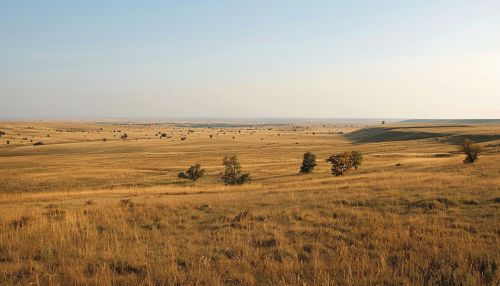Scythia
Origins and Early History
Scythia was a region of Central Eurasia in classical antiquity, occupied by a series of nomadic peoples. The Scythian people, who were known to the Greeks as Scythians, were Iranian nomadic peoples, who inhabited the western and central Eurasian steppes from about the 9th century BC until about the 1st century BC.


The exact origins of the Scythians are somewhat of a mystery, but it is believed they originated in the area that is now southern Siberia. Their early history is closely tied to their interactions with the Achaemenid Empire, and they are often mentioned in ancient Persian texts. The Scythians were known for their horse-riding skills and their use of composite bows in warfare.
Culture and Society
Scythian society was typically nomadic, with tribes moving from place to place based on the seasons and the availability of resources. They were known for their skills in horsemanship and warfare, and their society was largely based around these two aspects. The Scythians were also known for their distinctive art style, now referred to as Scythian Animal Art, which featured intricate depictions of animals in motion.
The Scythians had a complex social structure, with a ruling class of royal Scythians who were distinct from the common Scythians. The royal Scythians were known for their wealth and their elaborate burial practices, which included the construction of large burial mounds known as kurgans. These kurgans have provided much of the archaeological evidence we have about Scythian culture and society.
Scythian Warfare
The Scythians were renowned warriors, known for their skills in horseback riding and archery. They were among the first peoples to master the art of mounted warfare, using their skills to devastating effect against their enemies. The Scythians were also known for their use of the composite bow, a powerful weapon that could launch arrows with great force and accuracy.
Scythian warriors were often heavily tattooed, and these tattoos were seen as a mark of their status and bravery. The Scythians were also known for their practice of scalping their enemies, a practice that was seen as a demonstration of their prowess in battle.
Decline and Legacy
The decline of Scythia began in the 3rd century BC, when they were increasingly pressured by the Sarmatian tribes to their east. By the 2nd century BC, much of Scythia had been overrun by the Sarmatians, and the Scythians themselves had been pushed into the Crimea and the western Black Sea region.
Despite their decline, the Scythians left a lasting legacy in the regions they once inhabited. Their influence can be seen in the cultures of the various peoples who succeeded them, including the Sarmatians, the Alani, and the Khazars. The Scythians also left a lasting impact on the Greek world, with their art and mythology influencing Greek art and literature.
